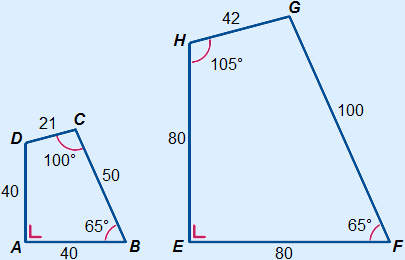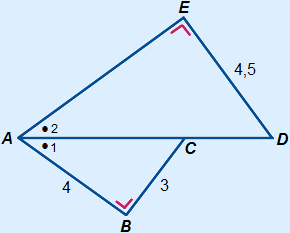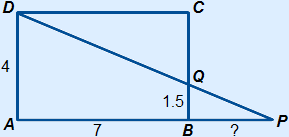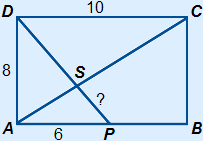To provide the best experiences, we use technologies like cookies to store and/or access device information. Consenting to these technologies will allow us to process data such as browsing behavior or unique IDs on this site. Not consenting or withdrawing consent, may adversely affect certain features and functions.
The technical storage or access is strictly necessary for the legitimate purpose of enabling the use of a specific service explicitly requested by the subscriber or user, or for the sole purpose of carrying out the transmission of a communication over an electronic communications network.
The technical storage or access is necessary for the legitimate purpose of storing preferences that are not requested by the subscriber or user.
The technical storage or access that is used exclusively for statistical purposes.
The technical storage or access that is used exclusively for anonymous statistical purposes. Without a subpoena, voluntary compliance on the part of your Internet Service Provider, or additional records from a third party, information stored or retrieved for this purpose alone cannot usually be used to identify you.
The technical storage or access is required to create user profiles to send advertising, or to track the user on a website or across several websites for similar marketing purposes.
SIMILARITIES AND ENLARGEMENTS
SIMILARITIES
1. When are two figures similar?
Two figures are similar when:
– the corresponding angles are equal in size
and
– the corresponding sides have the same scale factor.
An enlargement is always similar to the original.
If figure B is an enlargement of A, you may assume that figure A and B are similar.
Example:

Are the quadrilaterals below similar?
Are the corresponding angles equal?
 A =
A =  E = 90°
E = 90°
 B =
B =  F = 65°
F = 65°
 C =
C =  G = 360° – 90° – 65° – 105° = 100°
G = 360° – 90° – 65° – 105° = 100°
 D =
D =  H = 360° – 90° – 65° – 100° = 105°
H = 360° – 90° – 65° – 100° = 105°
Are the scale factors equal?
80 : 40 = 2
80 : 40 = 2
42 : 21 = 2
100 : 50 = 2
Both conditions are met, so yes, quadrilateral ABCD is similar to quadrilateral EFGH.
2. Special case: the triangle
A special case is the triangle. Because this shape has only three sides you need less information to draw a triangle. If you know one angle and two sides, you can already draw the triangle. This results in the fact that not both the similarity rules have to apply before you know that to figures are similar. If only one of the similarity rules apply, you already know for certain that the two triangles are similar.
Two triangles are similar when:
Examples
Is ΔABC similar to ΔDEF?
Always write the third angle as well:
Angles are equal, the triangles are similar.
Is ΔABC similar to ΔDEF?
60 : 15 = 4
64 : 16 = 4
69 : 17 = 4117Conclusion:
Scale factors are different, so the figures are not similar.
3. Examples
Example 1

See the figure below.
Calculate EF.
Answer:
 A =
A =  E = 90°
E = 90°
 B =
B =  D = 180° – 90° – 34° = 56°
D = 180° – 90° – 34° = 56°
 C =
C =  F = 180° – 90° – 56° = 34°
F = 180° – 90° – 56° = 34°
Triangle ABC is similar to triangle EDF (letters on the same place as the corresponding angles), because:
The scale factor is 8 : 6 = 113.
Remember: NEVER round off scale factors, use a fraction instead!
EF = 9 × 113 = 12
Example 2

See the figure below.
Calculate AE and AD.
Answer:
 A1=
A1=  A2
A2
 B =
B =  E
E = 5, you may also use a scheme to calculate AC.
= 5, you may also use a scheme to calculate AC.
Triangle ABC is similar to triangle AED, because:
The scale factor is is 4.5 : 3 = 1.5.
You need Pythagoras’ theorem to calculate AC.
AC =
AE = AB × 1.5 = 4 × 1.5 = 6
AD = AC × 1.5 = 5 × 1.5 = 7.5
4. More examples
Example 1 contains a beak figure.
Example 2 contains an hourglass figure.
Example 1

See the figure below.
Given is that ABCD is a rectangle.
Calculate BP.
Answer:
 D2 =
D2 =  P (because of Z-angle, check angles)
P (because of Z-angle, check angles)
 C =
C =  B = 90° (rectangle)
B = 90° (rectangle)
Triangle DQC is similar to triangle BPQ, because:
The scale factor is (4 – 1.5) : 1.5 = 123.
BP = CD : 123 = 7 : 123 = 415
Note: You can also use triangle APD, but in that case you need to solve an equation to get to you answer. See also example 3.
Example 2

See the figure below.
Given is that ABCD is a rectangle.
Calculate PS.
Answer:
 A2 =
A2 =  C2 (because of Z-angle)
C2 (because of Z-angle)
 P1 =
P1 =  D2 (because of Z-angle)
D2 (because of Z-angle)
Triangle APS is similar to triangle CSD, because:
The scale factor is 10 : 6 = 123.
We need to calculate PS, but you cannot do that straight away.
What we do know of PS is the following:
PS + DS = PD
DS = 123 × PS
PD can be calculated using Pythagoras = = 10 cm.
= 10 cm.
You may also use a scheme to calculate PD.
With the data above, we can change the formula to an equation:
(you subsitute DS = 123 × PS and PD = 10 into the formula)
ENLARGEMENT
Resizing
When you resize a shape it gets bigger or smaller.
… but it still looks similar:
the face and body are still in proportion)
Note: here we call it resizing, but other people call it dilation, contraction, compression, enlargement or even expansion! Same idea, just different names.
Then just connect the dots for the resized shape!